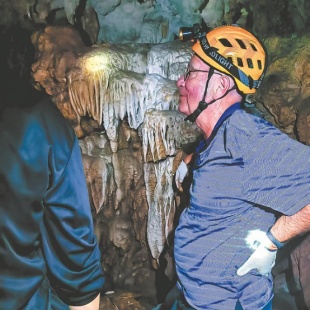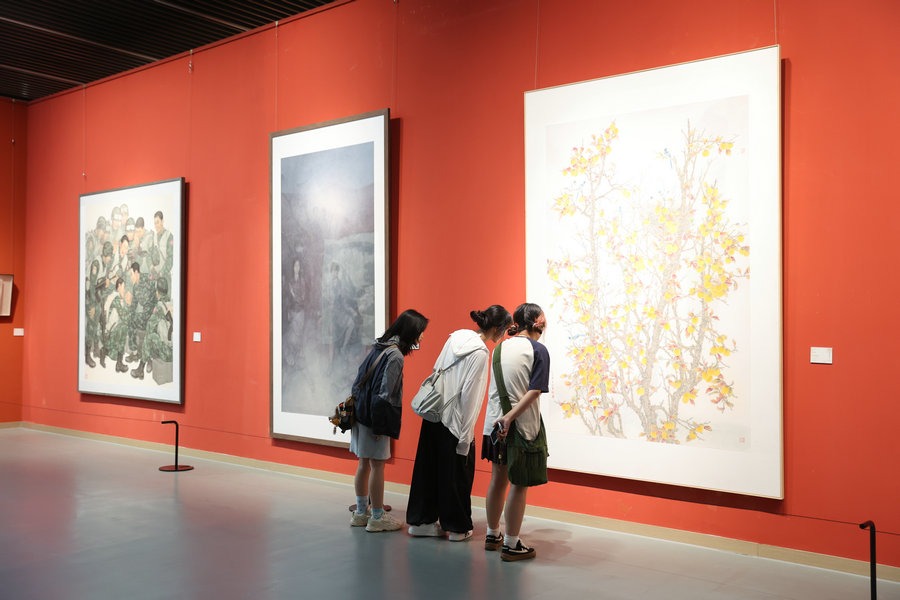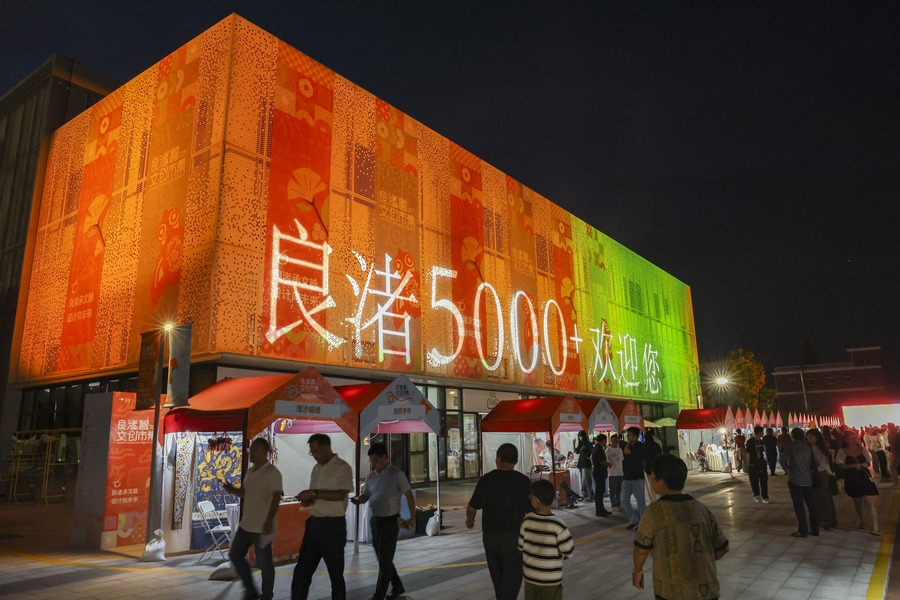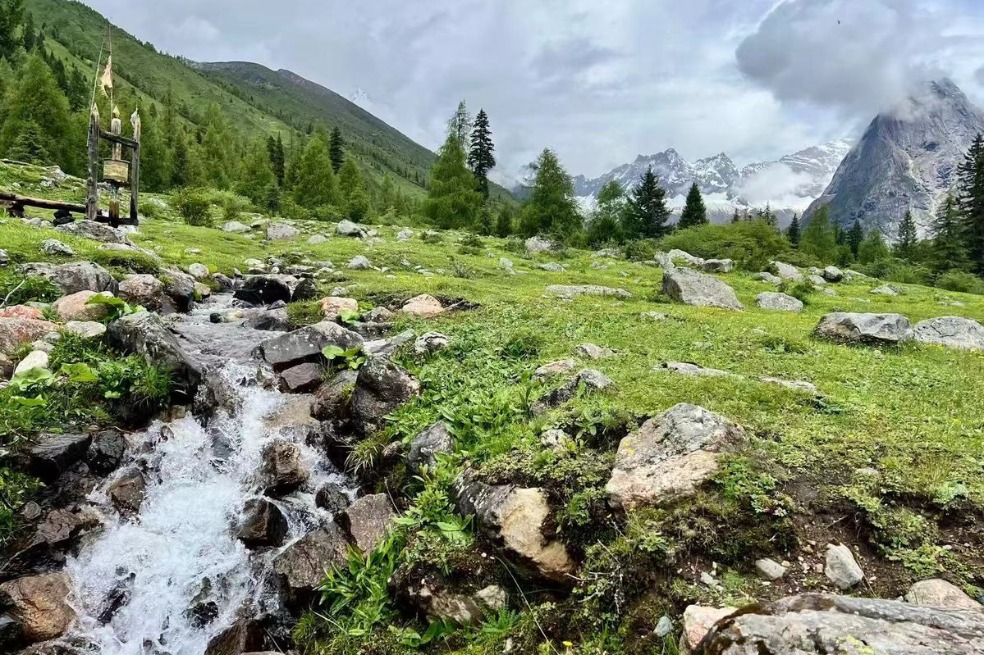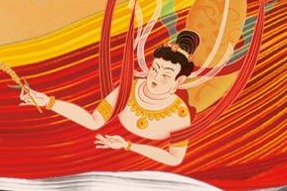Returning to Yunnan, where memory meets the present

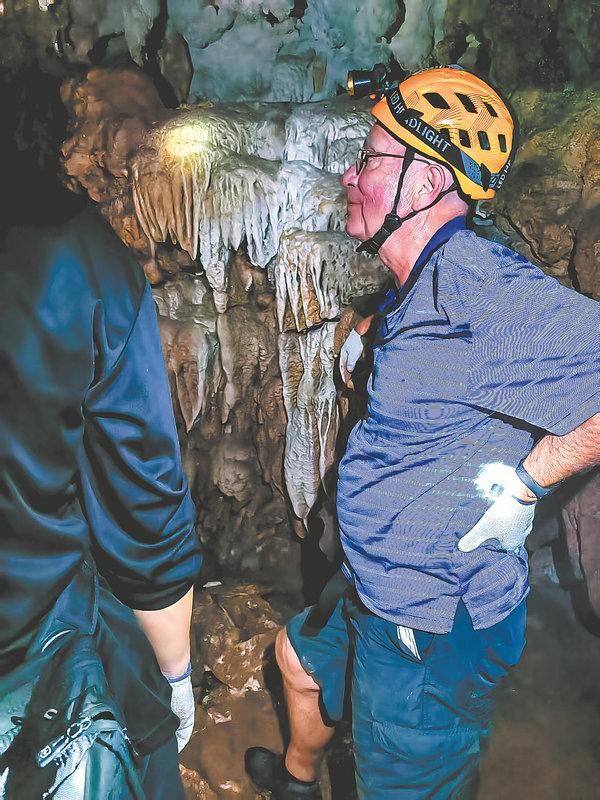
I first visited China in 1977, just as the country was opening up to Westerners and, after traveling to Xizang, spent the rest of my time in Yunnan province. To be invited back again after so many years was a wonderful opportunity to see how much had changed.
And changed it certainly has, far more than I could have ever imagined. Dali and Lijiang, once sleepy little towns with scarcely a visitor in sight, are now bustling hubs of domestic tourism. Jinghong, which once felt like a village, has grown into a modern city of 600,000 people.
Back then, people dressed mostly in blue Mao suits or green uniforms, if they were in the army. The roads were filled not with cars but with bicycles and horse carts. I have fond memories of the morning rush hour in Chengdu, Sichuan province, when its wide avenues became a river of thousands of cyclists.
If you wanted to change lanes, it was useless to signal. You just had to go for it, hoping that everyone else would slow down — which they did, of course.
Westerners in those days were an unusual sight and I often got stopped in the street by people who wanted to practice their English. They'd invite me to their homes or to restaurants. In Lijiang, I was taken to the local school. The teacher said that his pupils had never heard English spoken by a native speaker, so I stood in front of the class and told them about London.


